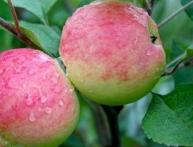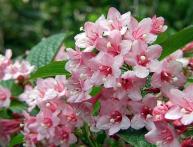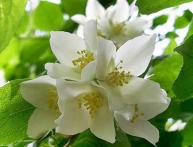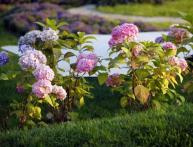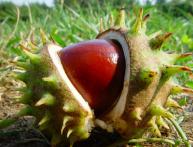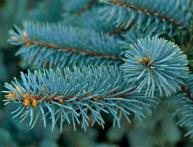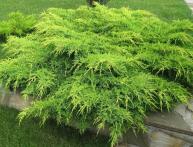Golden currants and care for them
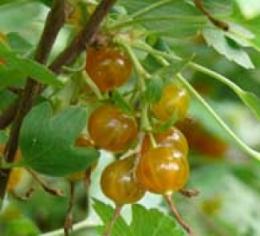
This plant is native to Canada, northern Mexico, and the western regions of the United States. Golden currants appeared in Russia at the beginning of the 18th century and immediately gained great popularity. This plant has fantastic adaptability, taking root in a wide variety of climates and soil types. Golden currant is drought-resistant, frost-resistant, practically not susceptible to diseases and pests, is an excellent honey plant, and serves as a decorative decoration for gardens. Loves the sun, but can also grow in partial shade.
The berries, depending on the variety, can be orange, red, brown, yellow and even black. Their sizes range from the average size of a blackcurrant to the average size of a gooseberry. The taste is unusual for those who are accustomed to black and red currants, but it is pleasant and sweeter. The fruits contain vitamin C, but 3-4 times less than blackcurrant fruits. But golden currants contain a lot of carotene (more than apricots). The berries have a strong skin, tolerate transportation well and are stored for a long time.
Caring for golden currants is the same as for black currants. Watering only in dry times, feeding from the third year of life with liquid manure or poultry humus with mineral fertilizers. Broken and old branches should also be removed. This plant propagates by dividing the bush, layering or woody cuttings. Planting is done in early spring, before the leaves bloom, or in the fall, before the onset of frost.Often used as a rootstock for gooseberries and red currants.


